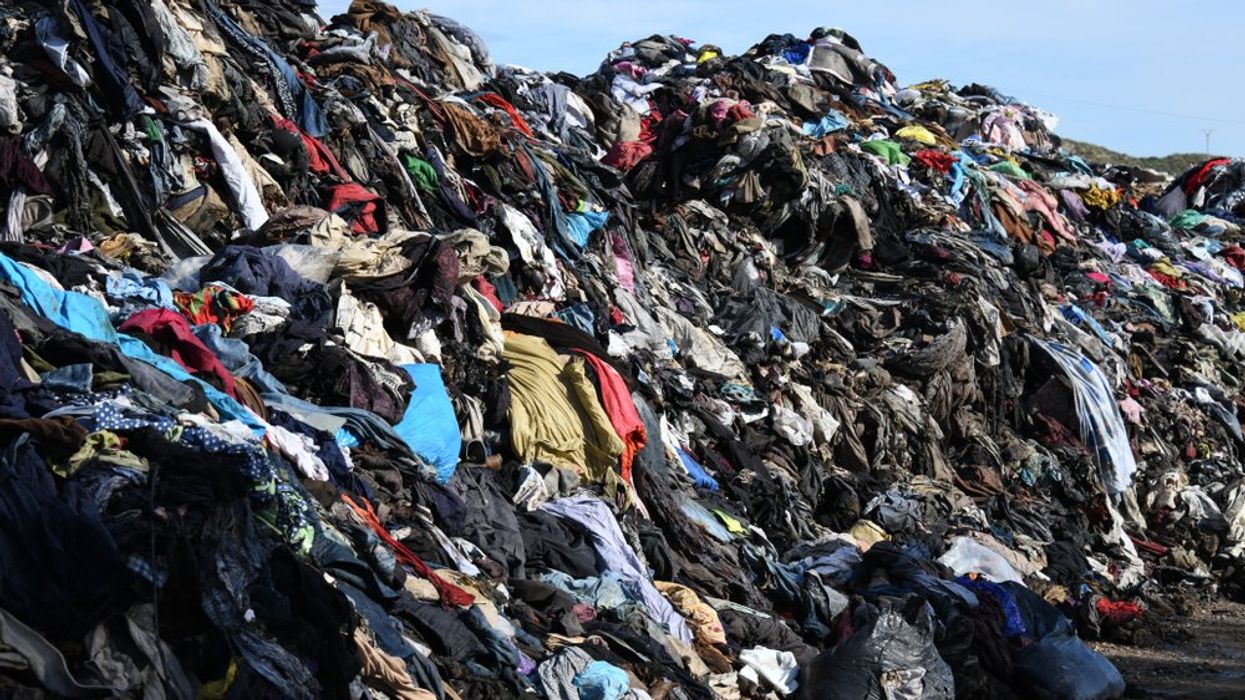Fast fashion may be affordable, but the environmental consequences are monumental.
A report from the United Nations found that in recent years, over 300 million clothing items deemed unsellable were exported to Kenya. Made mostly of plastic, the clothing was either discarded in landfills or burned, producing harmful fuels.
“Despite restrictions on plastic waste export around the world, an overwhelming volume of used clothing shipped to Kenya is waste synthetic clothing, a toxic influx which is creating devastating consequences for the environment and communities,” the report reads.
Fast fashion aims to produce high quantities of clothing, typically using cheap materials at lower costs. Some of the biggest brands include H&M, Forever 21, Zara, and Shein.
The fast fashion market was valued at $91 billion in 2021, with workers noting a significant escalation since, “reflecting the increase of cheap, disposable fast fashion.” According to Bloomberg, the fashion industry as a whole amounts for "up to 10 percent of global carbon dioxide output."
Customers of such brands have defended companies for their inexpensive options. While fast fashion is not sustainable, retail correspondent for Business of Fashion Cathaleen Chen told NPR that it is a “privilege” to be able to afford environmentally friendly alternatives, as they are not often cheap.
“There's an inherent privilege in being able to criticize fast fashion," she said, adding "Until sustainable, totally ethical fashion becomes something that everybody can choose to buy, it is unfair."
Though they are affordable, the UN report claimed that the damage outweighs the benefits. Many of the items dumped in the global South contained synthetic fibers or plastic, which can release microplastics into ocean and soil. Today, 69 percent of clothing is made of synthetic materials, producing 35 percent of microplastics in seawater.
“Unless the fashion industry is fundamentally changed, what we have seen in Kenya and around the world will be just the beginning,” the report continued. “Clothing production is projected to double again in the next decade, with 73 percent made from synthetics by 2030, and far exceeding population growth.”


















































